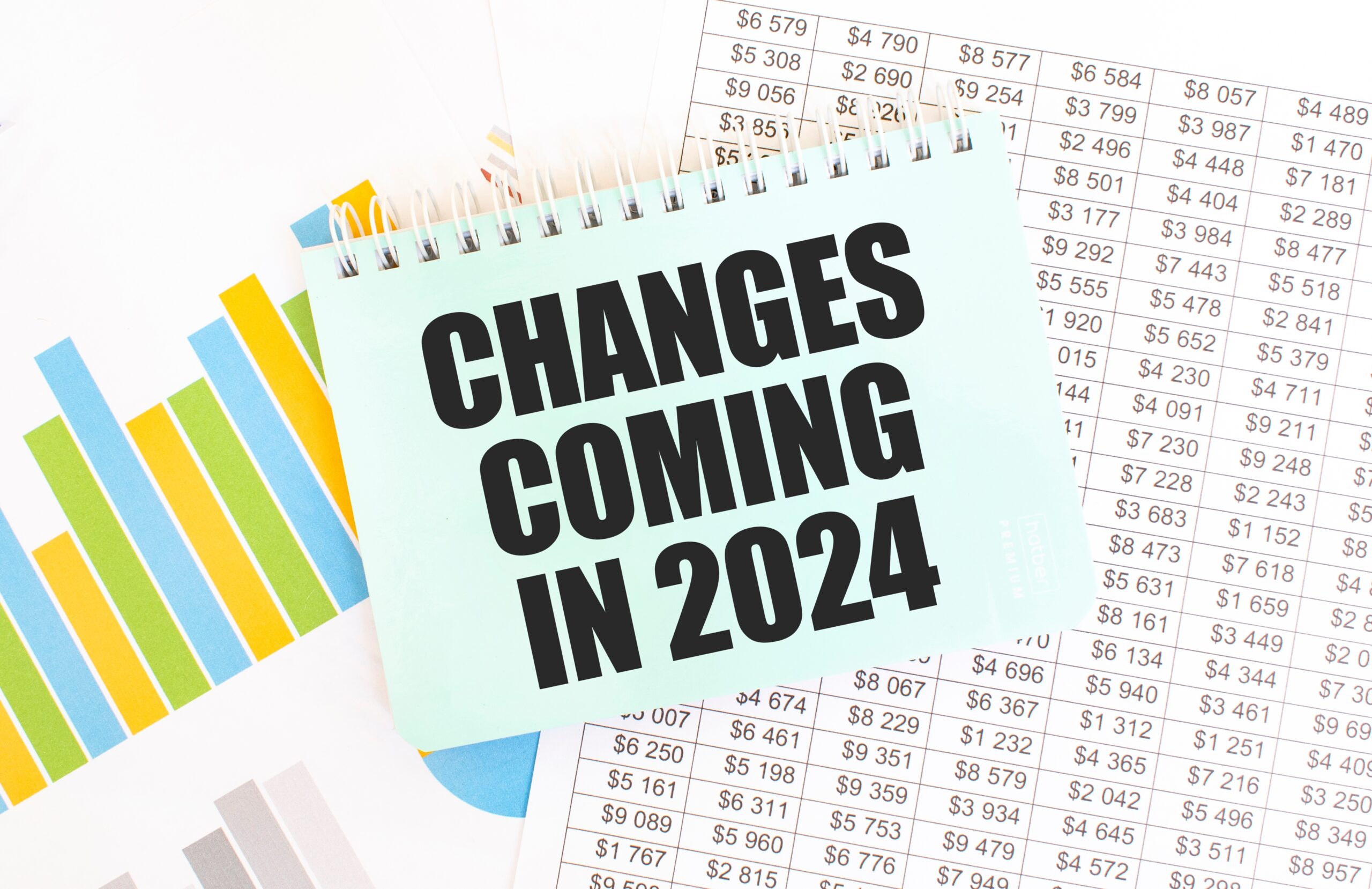If your nonprofit marketing plan includes advertising, you can benefit from learning about impressions because they measure how many viewers, listeners, readers, or other audiences you reached. Like other ways of measuring return on investment, impression measurements have their own rules and methodology. With the upcoming changes in television impression measurement and all the attention it is getting lately, I thought this would be a perfect time to take a closer look at it.
As the co-founder of a company that helps nonprofits with their public service announcements and other awareness campaigns, I have worked with Nielsen for over two decades and developed a good understanding of how impression measurement works. My goal is to share this with you, to help you successfully manage your awareness marketing campaigns.
What is an Impression?
Impressions were originally meant to represent how many people were exposed to an advertising message. The methodology for doing this was created in the 1950’s and designed to meet the needs of television and radio media buyers. However, the world of communications has changed dramatically with the introduction of social media, digital advertising, and streaming television. This, combined with the specialized needs of print publications and out-of-home advertising to report results, has created a bit of a Tower of Babel situation, where different media are now speaking different languages when it comes to impressions.

How Impressions Are Measured by Different Media
Each type of media has its own method for measuring impressions. Some of these are more concrete while others rely more on estimation.
- Television impressions count the number of households, not individuals, that have a TV set tuned to a particular program.
- Radio measures the number of people who listen to a program.
- Newspapers and magazines measure impressions based on how many copies they have in circulation.
- Billboards, airport signage, and transit advertising are measured by how many people or cars move past the ad.
- Streaming television is based on how many devices a streaming service delivers a specific ad to.
- Internet and social media usually measure impressions based on the number of times the ad was served.
Why Are Impressions Important for Nonprofit Marketing?
With billions of dollars spent on advertising each year, buyers need a way to measure reach and effectiveness. They are on a never-ending quest to find the most cost-efficient way to compare different alternatives. They do this by calculating the cost to reach 1000 people (CPM), a key metric by which advertising in the United States is sold. Even the public relations community, which relies on earned media coming from news coverage and social media mentions, need a way to measure results.
Measuring impressions is especially important for nonprofit marketing efforts like public service announcements because it affects both marketing and financial results. Remember, organizations that air PSA campaigns are the beneficiaries of millions of dollars of free, donated advertising media.
As a CPA, I know that all donations a nonprofit organization receives must be reported on its audited financial statements. This includes both cash and in-kind donations, which are donations contributed in the form of goods and services – such as free broadcast station advertising time.
The value of this donation is usually calculated based on the number of impressions Nielsen says the PSA airing received. That means Nielsen impressions play a central role in determining the value your CFO and CPA need to report on financial statements. These statements are seen by donors, potential donors, and nonprofit rating agencies and can affect your organization’s reputation.
How Nielsen Measures Impressions
In the 1950’s Nielsen developed a methodology that became the accepted way to estimate how many people were exposed to a television commercial. Using demographically representative panels of television watching households, carefully selected based on age, gender, race, location, access to cable TV, and other characteristics, they were able to statistically project their activity to all households in the United States.
These panels originally included 21,000 households and today total 42,000 households in which about 100,000 people live. They are clearly a very important group, since each one represents over 3,000 households in the country.
The two key words: project and households, which I underlined above, are important. Nielsen impressions are projections or estimates calculated using a complex statistical process made from a sample of observances. When correctly done, statistical projections are a powerful and reliable mathematical tool.
Keep in mind that most Nielsen impressions are calculated based on households not individual people. If two people are watching a given a program in the same room, they count as a single impression. That means 1,000 impressions represents 1,000 households estimated to have watched a program or a commercial. It does not necessarily represent 1,000 people.
In case you are wondering, if a Nielsen panelist should leave his TV on to keep his dog company during the day, Nielsen still counts the TV as being watched. As a result, approximately 3,000 people across the United States are statistically assumed to be watching an ad that only Fido sees.

The Truth About Impressions: “lies, damned lies, and statistics”
Over my career, I’ve worked in many parts of the advertising business and have seen many of the creative ways companies use impression numbers. For example, I once knew a public relations agency that took Nielsen television impression numbers and multiplied the results by 2.5 in an attempt to convert Nielsen’s household impression numbers to people watching a given show. The assumption was that 2.5 people were on average watching together. This was done despite Nielsen’s repeated warnings that this was not an authorized use of their data.
In another case, a magazine claimed an audience that generated 500,000 impressions. They had 250,000 paid subscribers who received copies by mail and 5,000 doctor offices, barbershops and beauty parlors that received it for free for their customers to read while waiting for appointments. The magazine company estimated that each of these office copies was read by 50 pass-along people over the course of the month, giving them an additional 250,000 impressions.
Then there was the company that placed digital ads on newspaper and television station websites. They bought inexpensive space at the bottom of websites pages below the news content. These ads were so far down the page that few people saw them. However, every time a visitor clicked to the content on the top of the website they took credit for an impression for an ad on the bottom. This approach generated huge impression numbers for the ads even though few ever saw their content. To this day, social media and other internet impressions, even among some of the best-known companies, is a “squishy” place.
As Mark Twain once wrote, “There are three kinds of lies: lies, damned lies, and statistics.” This is definitely not to say that all impression numbers are untrustworthy. However, there is a big difference between mathematically sound impression calculations and guesswork. In working with impression data, it is important to ask probing questions to assess the credibility of the data.

Big changes are coming to television audience measurement in 2024
The process that determines television ratings and impressions has been essentially the same for almost 70 years. It is the basis of how advertising has been bought, sold, and priced in the United States. During this time, Nielsen impressions have been the key authoritative measure of impressions. That is why people in the ad business refer to Nielsen impressions as the “currency” by which TV advertising is sold.
Recently this all began to change. Television networks have complained that with the growth in streaming television, Nielsen has been understating broadcast audience impressions, costing them hundreds of millions of dollars in advertising revenue (remember, advertisers pay based on the number of viewers a show delivers). Today, there are at least four companies looking to dethrone Nielsen from its position as the sole authoritative source of television impressions. That is why Nielsen will be fighting back in 2024.
In September 2024, Nielsen will introduce a whole new method to measure impressions. This will combine data derived from its 42,000-household panel of viewers with data coming from about 2 million television sets across the country. This new process will rely heavily on new technologies and methodologies that generate what is called Big Data. In doing this, Nielsen will be striving to demonstrate that its Big Data is bigger and better that anyone else’s.
But why should this affect nonprofit organizations? Their PSA campaigns are the beneficiaries of over $5 billion in annual donated television advertising based on Nielsen impression counts and like all in-kind donations need to be presented on their audited financial statements.
How to Maximize Your TV PSA Impressions
No matter how impressions are measured, these five best practices will help you maximize TV PSA impressions and share your message.
- Craft a simple, clear message and deliver it in three lengths: 15, 30 and 60-second videos to give stations the most flexibility and options.
- Include a call to action that asks viewers to do something specific after watching your ad.
- Deliver your PSA to as many stations as possible. An ad placement partner like Connect360 can help because it has the ability to reach every station and network in the United States.
- Use the most reliable data to measure all airings and impressions. At this point, Nielsen is still the most reliable and accepted source of this data.
Remember, nonprofit marketing is an iterative process. The most successful advertisers are the ones that learn from the results of their past campaigns and are constantly improving them. For more help getting your PSA campaign to reach large national audiences using free donated television advertising time, download The Essential Guide to Broadcast PSA Success.
About The Author

Steven Edelman
Steve Edelman is a Partner and President of Connect360. He is a leading expert on the measurement, valuation, and financial reporting of Public Service Announcements by not-for-profit organizations.
About Connect 360
Connect360 is a leading media placement agency driving measurable results for some of Charity Navigator’s highest-ranked nonprofits, well-known associations, government agencies and public relations/marketing firms.



